What is slag?
Slag is fully named ground-granulated blast-furnace slag (GGBFs), a by-product produced by metallurgical smelting plants. In addition to iron ore and fuel (coke), appropriate limestone and dolomite should also be mixed to lower the smelting temperature in the smelting process.
Calcium oxide in the limestone, magnesium oxide in the dolomite, waste minerals in the iron ore, and ash in the coke are smelted in the blast furnace to produce a melt containing silicate and aluminate.
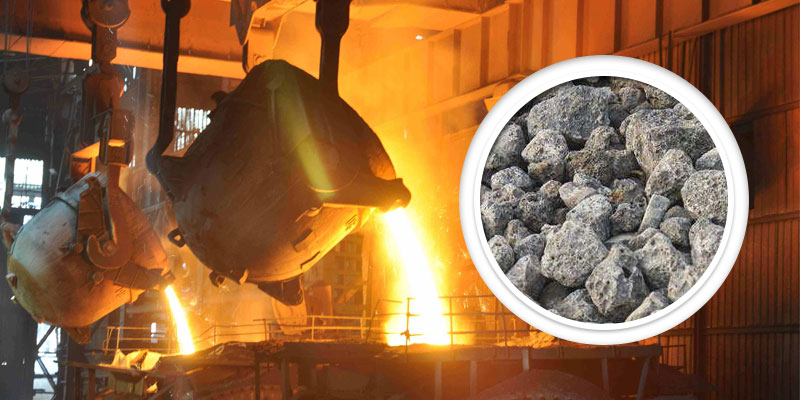
Slags
The melt floating on the surface of molten iron is discharged from the port. After being quenched by the air and water, it forms the granular particles (GGBFs).
The discharged slag has a large volume. And it varies with ore grade and smelting method. For example, when producing 1 ton of pig iron, 1 to 1.2 tons of slag is discharged from lean iron ore, but only 0.25 tons of slag discharged from high-grade iron ore.
With the improvement of modern beneficiation and smelting technology, the amount of slag produced from per ton of pig iron has been reduced significantly.
The composition and properties of slag are different under different smelting processes and raw materials. And there are mainly two methods for the classification of slags.
Classification of slag
By the types of smelted pig iron
- Casted slag: slag discharged during smelting and casting process.
- Steelmaking slag: slag discharged when smelting the pig iron for steelmaking.
- Special slag: slag discharged when smelting pig iron with other metal components.
By the basicity of slag
The ratio of the basic oxides and the acidic oxides of the slag is called the basicity of the blast furnace slag ("B" in short), B%=(CaO%+MgO%)/(SiO%+Al2O3%).
According to basicity, the slag can be divided into three types:
- Alkaline slag: B>1.
- Neutral slag: B=1.
- Acidic slag: B<1.
This is the most commonly used classification method for blast furnace slag. The basicity ratio intuitively reflects the relationship between the composition of basic oxides and acidic oxides in slag.
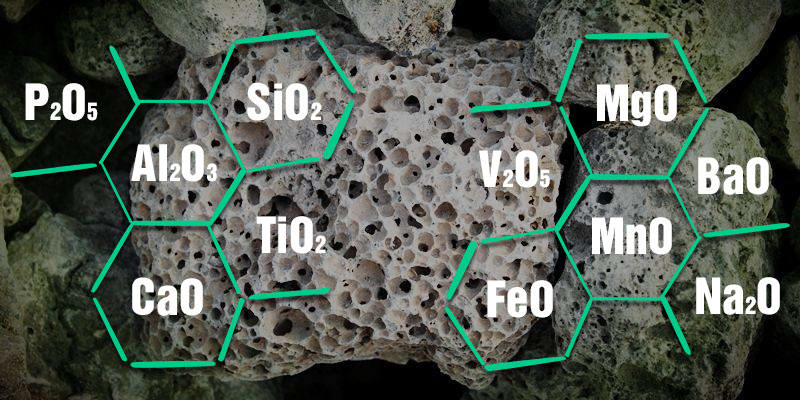
Composition of slag
Composition of slag
The main chemical components in the slag are SiO2, Al2O3, CaO, MgO, MnO, FeO, S, etc. Besides, some slags also contain traces of TiO2, V2O5, Na2O, BaO, P2O5, Cr2O3, etc. The amount of CaO, SiO2, and Al2O3 accounts for more than 90% of the total slags.
| Types of slag | Common slag | Ferromanganese slag | Vanadium slag | |
| Chemical composition % | CaO | 31-50 | 28-47 | 20-30 |
| SiO2 | 31-44 | 22-35 | 19-32 | |
| Al2O3 | 6-18 | 7-22 | 13-17 | |
| MgO | 1-16 | 1-9 | 7-9 | |
| MnO | 0.05-2.6 | 3-24 | 0.3-1.2 | |
| FeO | 0.2-1.5 | 1.2-1.7 | 1.2-1.9 | |
| S | 0.2-2 | 0.17-2 | 0.2-0.9 | |
| TiO2 | - | - | 6-31 | |
| V2O5 | - | - | 0.06-1 | |
Comprehensive application of slag
Slag cement
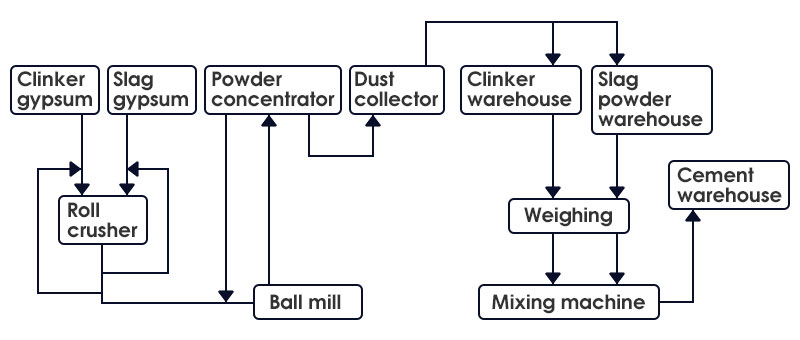
Slag cement production process
1. Portland slag cement
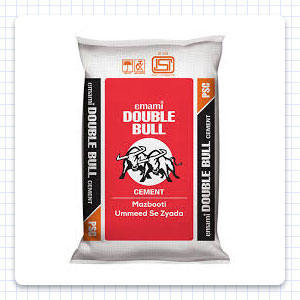
Portland slag cement (PSC) is made of portland cement clinker, granulated blast furnace slag, and 3% to 5% gypsum.
When grinding slag cement, the amount of blast furnace slag can account for 20% to 85% of the total cement weight, which is very beneficial for improving the quality and reducing the production cost of cement.
Compared with ordinary cement, PSC has the following characteristics:
First, it has a strong resistance to dissolution and erosion, so it can be used in water conservancy, seaports, and underground projects.
However, the corrosion resistance of slag cement is worse than that of ordinary cement in acid water and magnesium saltwater.
Second, PSC has a lower hydration heat, which is suitable for pouring concrete with large volume.
Third, with stronger heat resistance, it performs better than ordinary cement in high-temperature workshops and blast furnace foundations.
2. Gypsum slag cement
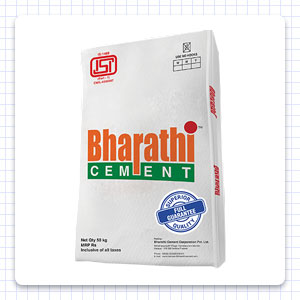
Gypsum slag cement is a hydraulic cementitious material obtained by mixing and grinding dry slag and gypsum, PSC or lime in a certain ratio.
In the formulation of gypsum slag cement, blast furnace slag is the main raw material, accounting for about 80% of the total components.
This gypsum slag cement has low cost and good resistance to sulfate attack and permeability, and is suitable for hydraulic construction and making various prefabricated blocks.
3. Lime slag cement
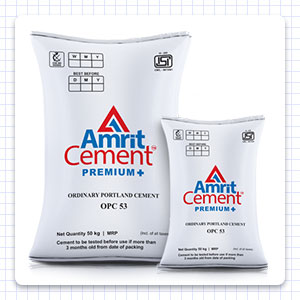
Lime slag cement is a hydraulic cementitious material obtained by mixing and granulating dry slag, quick lime, and natural gypsum in an appropriate ratio.
The amount of lime is generally added about 10% to 30%. It plays the role of stimulating the active ingredients in the slag so as to produce hydrated calcium aluminate and hydrated calcium silicate.
Lime slag cement can be used for various pre-products of steam curing concrete, unreinforced concrete in water, underground or pavement, and industrial and civil building mortar.
Slag bricks

Slag brick production process
Slag brick is made by mixing, watering, grinding and pressing slag and limestone. In the production process of slag brick, the particle size of the slag is generally smaller than 8 mm, and the steam temperature injected into the kiln is about 80 ℃ to 100 ℃, the maintaining time is about 12 hours.
The brick made of 87% to 92% of granulated blast furnace slag, 5% to 8% of cement, and 3% to 5% of water has a high hardness that can reach up to 10 MPa, which can be used in the common house and underground construction.
In addition, the brick with higher hardness can be made by mixing 40% of slag powder and 60% of ground-granulated blast-furnace slag and autoclaved curing for about 6 hours under the steam pressure of 1.0 MPa to 1.1 MPa.
Slag bricks have the following advantages over traditional bricks:
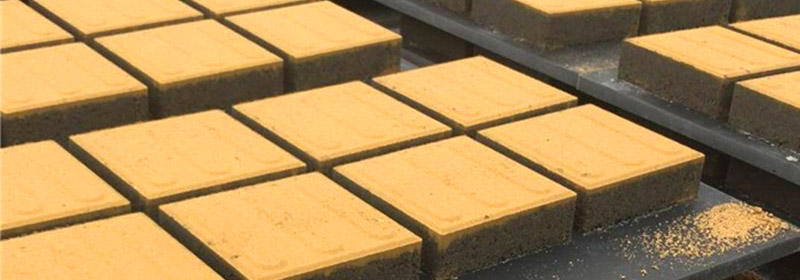
Slag bricks
1 A wide source of raw materials and low cost.
Fly ash, slag, sand, and stone powder are the main raw materials. The materials can be taken locally, which has a high utilization rate, low cost, and high profit.
2 Simple process and easy operation
The materials such as slag, fly ash and sand are polymerized by gas making agent and reinforcing agent, and then easily formed by special equipment.
3 Low requirements for production conditions.
The simple industrial shed can be used as a factory, and the products can be stored in the open air without a warehouse.
4 Small investment and flexible production method.
The business can start with a small investment and scale. And It can be produced on a fixed plant or can be produced on the movable site.
Slag concrete
1. Wet and crushed slag concrete
Wet and ground slag concrete is made with slag as the main raw material. The producing method is to grind slag and activators (water, cement, lime, and gypsum), and mix them with coarse aggregate.
| Item | The mixing ratio of different grades of concrete% | |||
| M15 | M20 | M30 | M40 | |
| Cement | — | — | No more than 15 | No more than 20 |
| Lime | 5-10 | 5-10 | No more than 15 | No more than 5 |
| Gypsum | 1-3 | 1-3 | 1-3 | 0.3 |
| Water | 17-20 | 16-18 | 15-17 | 15-17 |
| Water-cement ratio | 0.5-0.6 | 0.45-0.55 | 0.35-0.45 | 0.35-0.4 |
| Slurry : Slag | 1:1-1:1.2 | 1:0.75-1:1 | 1:0.75-1:1 | 1:0.5-1:1 |
2.Slag and gravel concrete
The producing process of slag and gravel concrete is similar to ordinary concrete, but water consumption is slightly higher. The added water is generally measured by the weight of slag, accounting for about 1% or 2% of the total slag weight.
Generally, When the strength of the concrete prepared by slag and gravel is the same as that of the concrete prepared by the natural aggregate, the amount of concrete can be saved by 20%.
Slag and gravel concrete has the following benefits:
- It can effectively improve the seawater resistance of concrete, especially suitable for seawater engineering.
- It can significantly reduce the hydration heat of concrete, suitable for the preparation of large volume concrete.
- It can inhibit the alkali-aggregate reaction and improve the durability of concrete.
- It can greatly increase the strength of concrete.
- It can improve the density of concrete and improve the impermeability of concrete.
- It can reduce the cost of concrete.
Slag ballast road engineering

Slag and gravel have hydraulic properties, which can be used when constructing highways.
The crushed slag stone contains many small holes, which has good diffuse reflection performance and a large friction coefficient.
It also has higher heat resistance than ordinary crushed stone and is more suitable for the runway at the airport.
Slag cotton
Slag cotton is mainly made of slag, which has the properties of heat preservation, sound, and cold insulation. The chemical composition and physical properties are shown in the following tables.
Chemical composition of slag cotton
| Component | SiO2 | Al203 | CaO | MgO | S |
| Content/% | 32-42 | 8-13 | 32-43 | 5-10 | 0.1-0.2 |
Physical properties of slag cotton
| Thermal conductivity /W·m-1·k-1 | Sintering temperature/℃ | Density/g·cm-3 | Fiber density /μm | Applicable temperature range /℃ |
| 0.033-0.041 | 780-820 | 0.13-0.15 | 4-6 | -200-800 |
There are two methods for producing slag cotton: blowing method and centrifugal method. Blowing method: the melted and flowed raw materials are blowing by the spraying steam or compressed air to produce cotton.
Centrifugal method: the raw material is melted in the furnace and falls on the rotating disc to produce slag cotton.
The main raw material of slag cotton is blast furnace slag, accounting for about 80% to 90%. and other materials are dolomite, fluorite, or others such as red bricks, pebbles, etc. The fuel for producing slag cotton is coke.

Injection process to produce slag cotton
Slag cotton can be used for thermal insulation, sound absorption, and fireproofing.
The finished products processed by it include thermal insulation products (board, felt, and tube), sound absorption products (board, felt, strip, and belt), and fireproofing products (board and fiber).
Slag wool is widely used in metallurgy, machinery, construction, chemistry, and transportation sectors.
Slag glass-ceramics
Glass-ceramics is a new type of inorganic material that has been developed in recent decades. Various rocks and stones can be used as the raw materials of glass-ceramics, which are extremely rich. And blast furnace slag can also be used to produce slag glass-ceramics.
The slag glass-ceramics are composed of 62%-78% of blast furnace slag, and 22%-38% of silica or other non-ferrous metallurgical slags.
Slag glass-ceramics mainly consists of the following chemical elements:
| Chemical elements | SiO2 | Al203 | CaO | MgO | Na20 | Nucleation agent |
| Proportion | 40%-70% | 5%-15% | 15%-35% | 2%-12% | 2%-12% | 5%-10% |
Slag glass-ceramic products are harder than high-carbon steel and lighter than aluminum. Its mechanical properties are better than ordinary glass, and its wear resistance is better than that of cast stone. It has good thermal stability, and its electrical insulation performance is close to that of high-frequency porcelain.
The slag glass-ceramics are used in the anti-corrosion layer of various container equipment in the metallurgy, chemical industry, coal, machinery, and other industrial sectors.
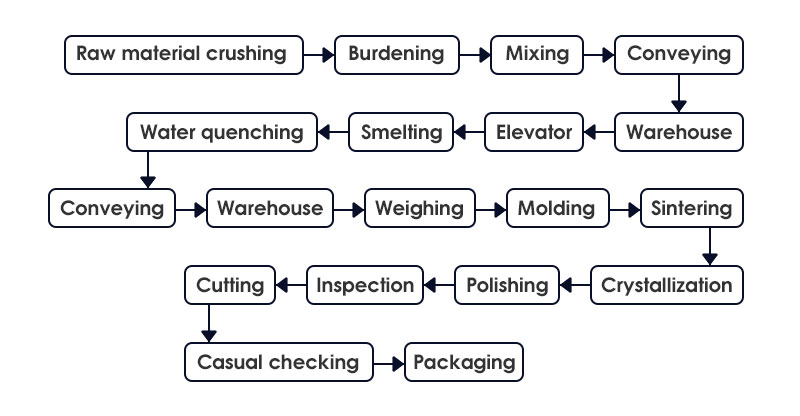
The production process of glass-ceramics
Slag silicon calcium magnesium fertilizer
Slag silicon calcium magnesium fertilizer is made of blast furnace slag, vertical kiln ash, waste residue, and silicon residue. The above materials are melted at high temperatures in a blast furnace or electric furnace. The finished product is cheap in price and rich in composition.
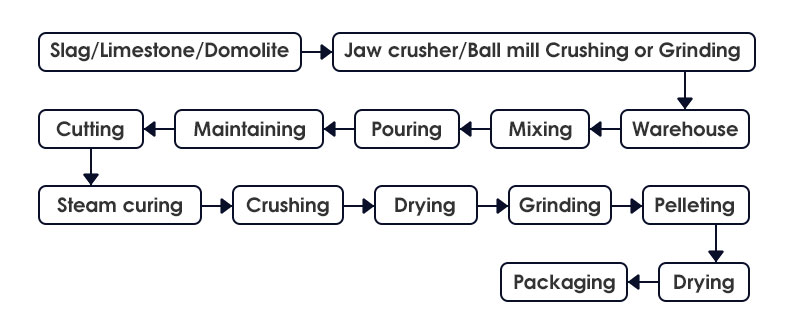
The production process of slag fertilizer
At present, France and Luxembourg produce the silicon calcium magnesium fertilizer by combining the characteristics of their own iron ore and steel-making methods. Japan and North Korea also use slag to make silicon fertilizer.
Conclusion
Slag has many other applications. For example, slag can be used to produce permeable bricks, imitation stone and artificial stone.
The characteristics of slag products such as strength, water resistance, fireproofing, sound insulation, anti-corrosion, shock resistance, and others also bring it a broader market prospect.

